Grinding, polishing, satin finishing, hammer blow, etc. As a polisher, we give your products or tools the finishing touch. Literally. Our service portfolio ranges from non-binding advice to the development of individual treatment processes right through to implementation on the workpieces. We do real handicraft – exclusively. Technical challenges spur us on to top performance. And if you need additional assistance, e.g. with regard to the transport of the parts, we always have an open ear.
To learn more, please click on one of the following buttons or simply scroll down…
Consulting and development

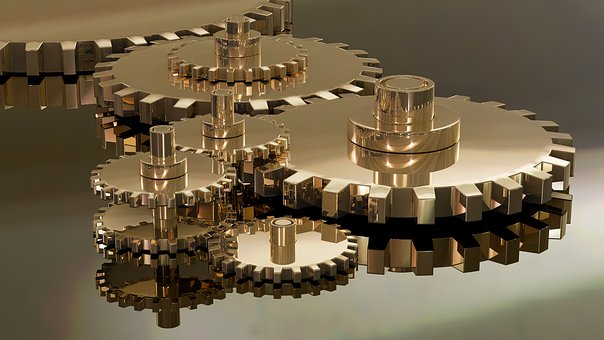
Consulting
Injection molding tool, interior design of a vehicle, or art object? Surfaces, edges, or radii? Raw material, semi-finished, or finished part? Steel, aluminum, copper, brass, or carbon? What should be achieved?
These are just a few first questions. The answers usually raise further questions. And that can quickly become arbitrarily complex.
For each workpiece and every requirement, individual consideration is necessary. The more demanding the goal, the more careful the preparation must be.
We are happy to help and advise you on what is technically feasible and useful. This also applies to the economical aspects.
Development of treatment processes
In the case of particularly valuable workpieces and small batches, it is often desirable to have a surface texture that is unique in the world (for example, high gloss, dash, roughness, etc.). And this uniqueness should also be recognizable as such. This, for instance, is often true for
- works of art, exclusive pieces of furniture, and hand-made collectibles
- cups and medals
- visible interior parts of particularly exquisite vehicles, planes, and yachts
In such cases, we develop detailed, repeatable treatment processes in close consultation with the respective customer. As a result, we continually deliver the highest quality and the desired result without being copiable by others.
Preparation and small repairs
Before the actual polishing can take place preparations are often necessary. Sometimes, this includes minor repairs. Some examples:
- Deburring to remove burrs, i.e. sharp edges, fibers or splinters from previous production steps
- Leveling, i.e. smoothing or even fine grading by roughing (coarse) or finishing (fine) to remove milling or hardening traces, welds, and unwanted waves or grooves
- Welding, e.g. precision welding to close small blowholes in the surface up to the removal of larger scratches
We place the highest value on precision. Because good preparation of the workpiece is a critical prerequisite for the success of further processing.
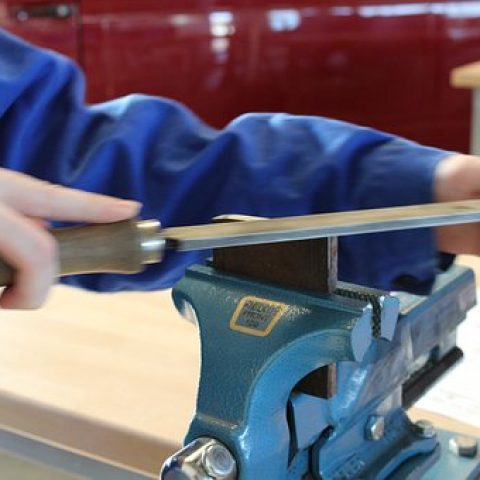
Grinding, polishing, satin finishing, hammer blow, etc.
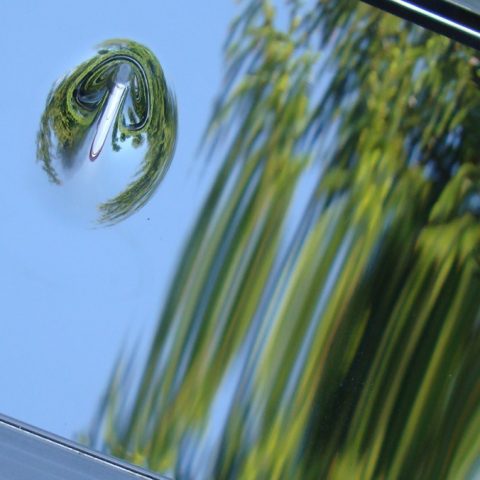
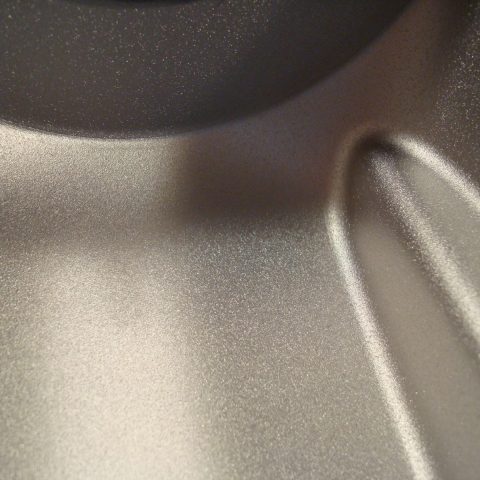

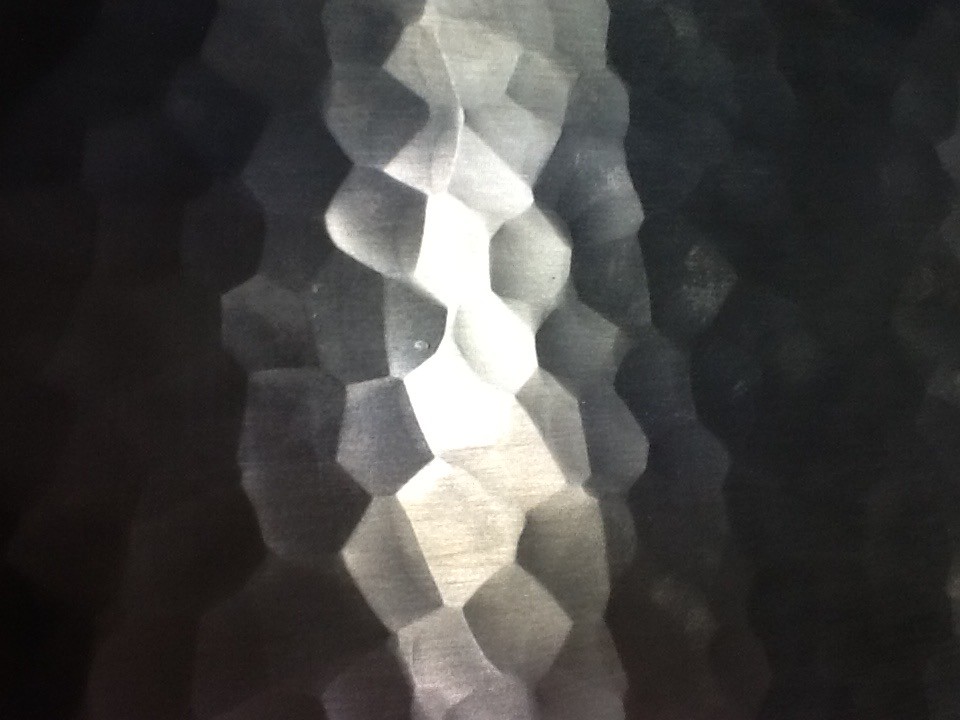
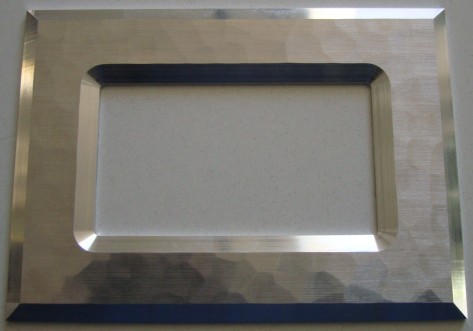
Grinding
The purpose of grinding is primarily to eliminate surface structure defects such as scratches, blowholes, or inclusions by removing the uppermost layer of material.
Grinding is done by various methods of lapping or honing.
The surface is rather dull after grinding. Therefore, it is usually polished or satined afterwards.
Polishing
Polishing changes the state of the polished surface from a matt to a shiny surface. From less to stronger light reflection.
Among other things, the desired degree of gloss is crucial. In a high gloss finish, the surface reflects nearly 100% of the incident light, i.e. it begins to reflect.
Polishing takes place either by means of a so-called stroke polishing (coarse – fine), whereby in each case a certain so-called roughness depth must be achieved. Last of which is responsible for the gloss level.
We do not use electroplating or plasma polishing. These electrochemical methods are not in accordance with our understanding of manual labor or environmental protection.
Satin finishing
By satinizing – in contrast to polishing – the state of a shiny or irregular surface is changed to a uniformly matt surface. From strong to less light reflection.
Satinizing is either done by brushing or by blasting. In the case of blasting, the abrasive used (e.g. corundum, garnet sand, glass beads, dry ice, or plastic), its grain size, jet pressure, and distance are critical to the result.
Again, a certain roughness depth must be achieved. This then produces the desired (lower) gloss level.
Hammer blow, etc.
Employing the hammer blow technique, the surface in question is prepared, e.g. grinded or brushed. Then the hammer is used to make a specific pattern according to the customers wishes. Thereafter, the surface is reworked if necessary.
The hammer blow method not only requires a lot of strength and endurance. It also requires extraordinary skill and expertise. Here, it really depends on the “where” (distances, density, distribution) and “how” (hammer type, bump depth, impact angle, etc.).
Talk to us if you are interested in such an extraordinary surface treatment like the hammer blow. Maybe you have other ideas, too. How about, for example, a chainsaw as a surface treatment tool?
Materials and workpieces
Materials
We process workpieces that consist predominantly of the following materials:
- steel
- aluminum
- steel and aluminum alloys
- by request also other materials such as copper, tin, brass, carbon, etc.
Workpieces
The workpieces are almost always unique:
- tools, e.g. injection molds
- semi-finished or finished parts in the form of high-quality interior or exterior parts for selected exquisite and mostly handcrafted
- vehicles (cars / trucks / motorcycles)
- airplanes / helicopters
- ships / yachts
- special parts, e.g.
- artworks (furniture / accessories) such as caskets, chests, cabinets, safes, etc.
- collectors weapons, e.g. daggers, knives, but also pistols, rifles, muzzleloaders, or cannons
- memorabilia and success insignia, e.g. cups or medals
We dream of one day being allowed to polish parts of a space rocket. Or a satellite, a space station, or even an outpost on another planet.
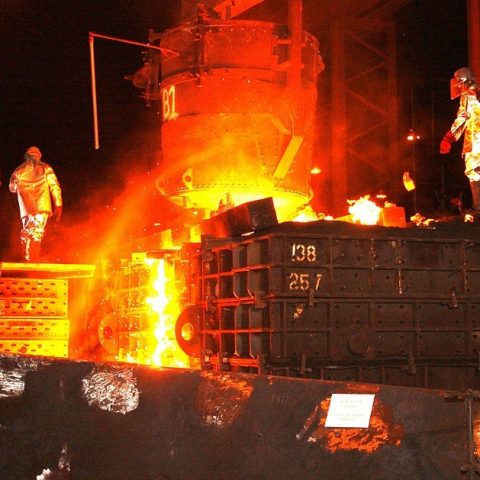
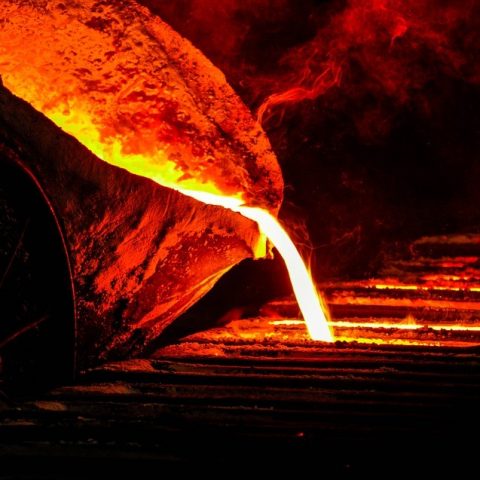
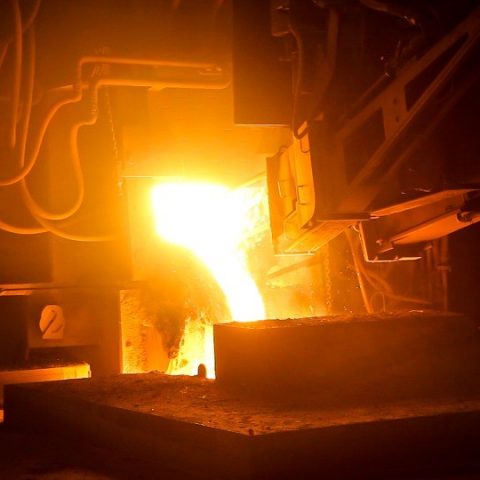

Transportation of workpieces
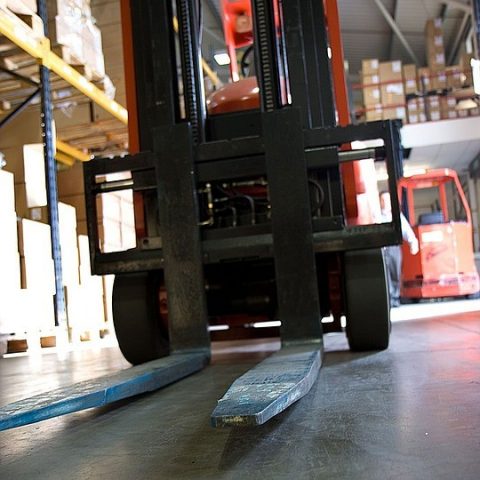




By the customer
Transportation of the workpiece by the customer often proves to be the fastest and most economical way. Especially if the customer has an own vehicle fleet or is already working closely with a freight forwarder.
This also simplifies the question of transport insurance for the workpiece. Because the customer knows its value the best.
The possible delivery and pickup times can be found on our contact page.
By us
If the customer doesn’t want to take care of the transport of the workpiece, we are happy to assume this responsibility.
We work together with reliable forwarding agencies. This allows us to react quickly and flexibly.
We always effect a transport insurance for your workpiece. In addition to the dimensions and the weight of the workpiece, we therefore also require information about the value to be insured. Beyond the transport insurance, we reject any liability for damage or loss of workpieces during their transport including any consequential damage.
For more information, see the FAQ page for organizational topics.

Hello.
Where I can download XEvil for free on your website?
Got information from your Support. XEvil is really the best program for captcha solving, but I need latest version of it.
Thanks.
Hello Helen (or whatever your name is),
XEvil is used to circumvent captchas, e.g. Google ReCAPTCHA v1 / v2. Captchas are used as an automated so called “Turing test” to distinguish between human users and robots, so robots can be kept out.
Now, we could provide you with XEvil even in the latest version as we use Google ReCAPTCHA v3 on which XEvil doens’t work. However, we do neither condone unethical hacking, nor spamming, and as such we also will not provide corresponding tools for download.
Regards,
The Sochor company.